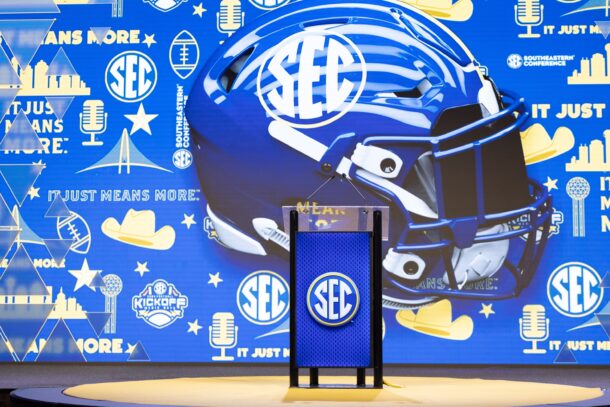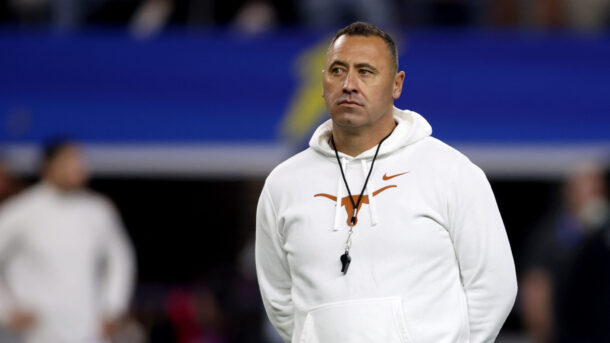Ad Disclosure
SEC stadiums are like a second home for football fans. They gather on fall Saturdays with 80,000-plus of their closest friends.
RELATED: SEC claims some of the world’s largest stadiums
Two stadiums are getting massive facelifts this spring. Kentucky’s Commonwealth Stadium and Texas A&M’s Kyle Field aren’t even hosting spring games because of the reconstruction. Kyle Field will continue to become the SEC’s largest stadium, overtaking Tennessee’s Neyland Stadium. Kentucky, on the other hand, is contracting its stadium from 67,692 to 61,000, making it a smaller, more fan-friendly atmosphere.
Five SEC stadiums were under renovation last offseason; four of the five expanded their stadiums (Texas A&M, LSU, Missouri and Mississippi State). Kentucky was the only stadium to contract.
Ole Miss will start its stadium expansion — expanding the north end zone — that will temporarily reduce the number of seats from 60,580 to 58,580, before finalizing the renovation capacity of 64,038.
“When the Forward Together Campaign was launched in the fall of 2011, the goals for Vaught-Hemingway Stadium were to expand the overall stadium capacity and fan experience amenities, upgrade exterior elements around the stadium that provide more consistency with university architecture, and to expand premium seating offerings in order to provide necessary funding,” Director of Athletics Ross Bjork said. “We are confident and believe this master plan accomplishes those objectives while adding in new elements along the way.”
Vaught-Hemingway Stadium’s expansion should be completed by the start of the 2016 football season.
Arkansas also has the ability to expand Donald W. Reynolds Razorback Stadium. By enclosing the south end zone, it left an additional upper deck that could push capacity to 80,000.
Auburn is also considering expanding Jordan-Hare Stadium. The Tigers are looking at re-working the north end zone to add 9,500 more seats, expanding capacity to 96,951, up from its current listed capacity of 87,451. Auburn is considering the addition of a deck, which would create a new concourse and new club-level seating. You can read more about those plans and see renderings here.
Here are the SEC’s football stadiums’ capacities in 2014, 2015 and the future:
| Team | Stadium | 2014 | 2015 | Future |
| Texas A&M | Kyle Field | 107,000 | 102,500 | NA |
| Tennessee | Neyland Stadium | 102,455 | 102,455 | NA |
| LSU | Tiger Stadium | 102,321 | 102,321 | NA |
| Alabama | Bryant-Denny Stadium | 101,821 | 101,821 | NA |
| Georgia | Sanford Stadium | 92,746 | 92,746 | NA |
| Florida | Ben Hill Griffin Stadium | 88,548 | 88,548 | NA |
| Auburn | Jordan-Hare Stadium | 87,451 | 87,451 | 96,951 |
| S. Carolina | Williams-Brice Stadium | 80,250 | 80,250 | NA |
| Arkansas | Razorback Stadium | 72,000 | 72,000 | 80,000 |
| Missouri | Memorial Stadium | 71,168 | 71,168 | NA |
| Miss State | Davis Wade Stadium | 61,337 | 61,337 | NA |
| Kentucky | Commonwealth Stadium | 62,093 | 61,000 | NA |
| Ole Miss | Vaught-Hemingway Stadium | 60,580 | 58,580 | 64,038 |
| Vanderbilt | Vanderbilt Stadium | 40,350 | 40,350 | NA |
A graduate of the University of Florida and founder of Saturday Down South, Kevin is a college football enthusiast.




